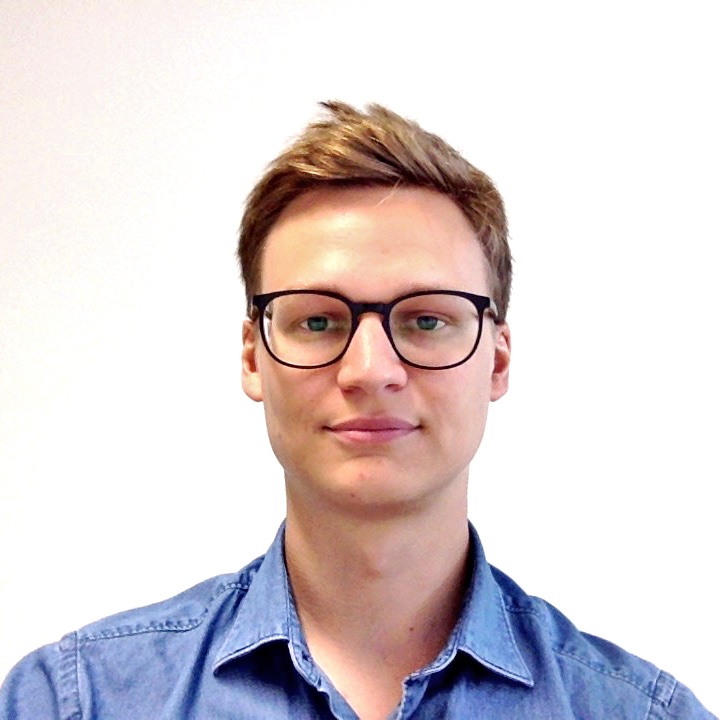 Daniele Franchi
Daniele FranchiWe always promoted openness when it came to our tech stack. The ottonova Tech Radar is the next step in that direction.
What is the Tech Radar?
The ottonova Tech Radar is a list of technologies. It’s defined by an assessment outcome, called ring assignment and has four rings with the following definitions:
- ADOPT – Technologies we have high confidence in to serve our purpose, also in large scale. Technologies with a usage culture in our ottonova production environment, low risk and recommended to be widely used.
- TRIAL – Technologies that we have seen work with success in project work to solve a real problem; first serious usage experience that confirm benefits and can uncover limitations. TRIAL technologies are slightly more risky; some engineers in our organization walked this path and will share knowledge and experiences.
- ASSESS – Technologies that are promising and have clear potential value-add for us; technologies worth to invest some research and prototyping efforts in to see if it has impact. ASSESS technologies have higher risks; they are often brand new and highly unproven in our organisation. You will find some engineers that have knowledge in the technology and promote it, you may even find teams that have started a prototyping effort.
- HOLD – Technologies not recommended to be used for new projects. Technologies that we think are not (yet) worth to (further) invest in. HOLD technologies should not be used for new projects, but usually can be continued for existing projects.
What do we use it for?
The Tech Radar is a tool to inspire and support engineering teams at ottonova to pick the best technologies for new projects. It provides a platform to share knowledge and experience in technologies, to reflect on technology decisions and continuously evolve our technology landscape.
Based on the pioneering work of ThoughtWorks, our Tech Radar sets out the changes in technologies that are interesting in software development — changes that we think our engineering teams should pay attention to and use in their projects.
When and how is the radar updated?
In general discussions around technology and their implementation is driven everywhere across our tech departments. Once we identify that a new technology is raised, we discuss and consolidate it in our Architecture Team.
We collect these entries and once per quarter the Architecture Team rates and assigns them to the appropriate ring definition.
Disclaimer: We used Zalando’s open source code to create our Tech Radar and were heavily influenced by their implementation. Feel free to do the same to create your own version.
 Owned by the author
Owned by the authorPart of ottonova’s Software Engineering team since the very beginning.
Always on the lookout to improve our teams and to take the next step.
Clean code and KISS evangelist.

